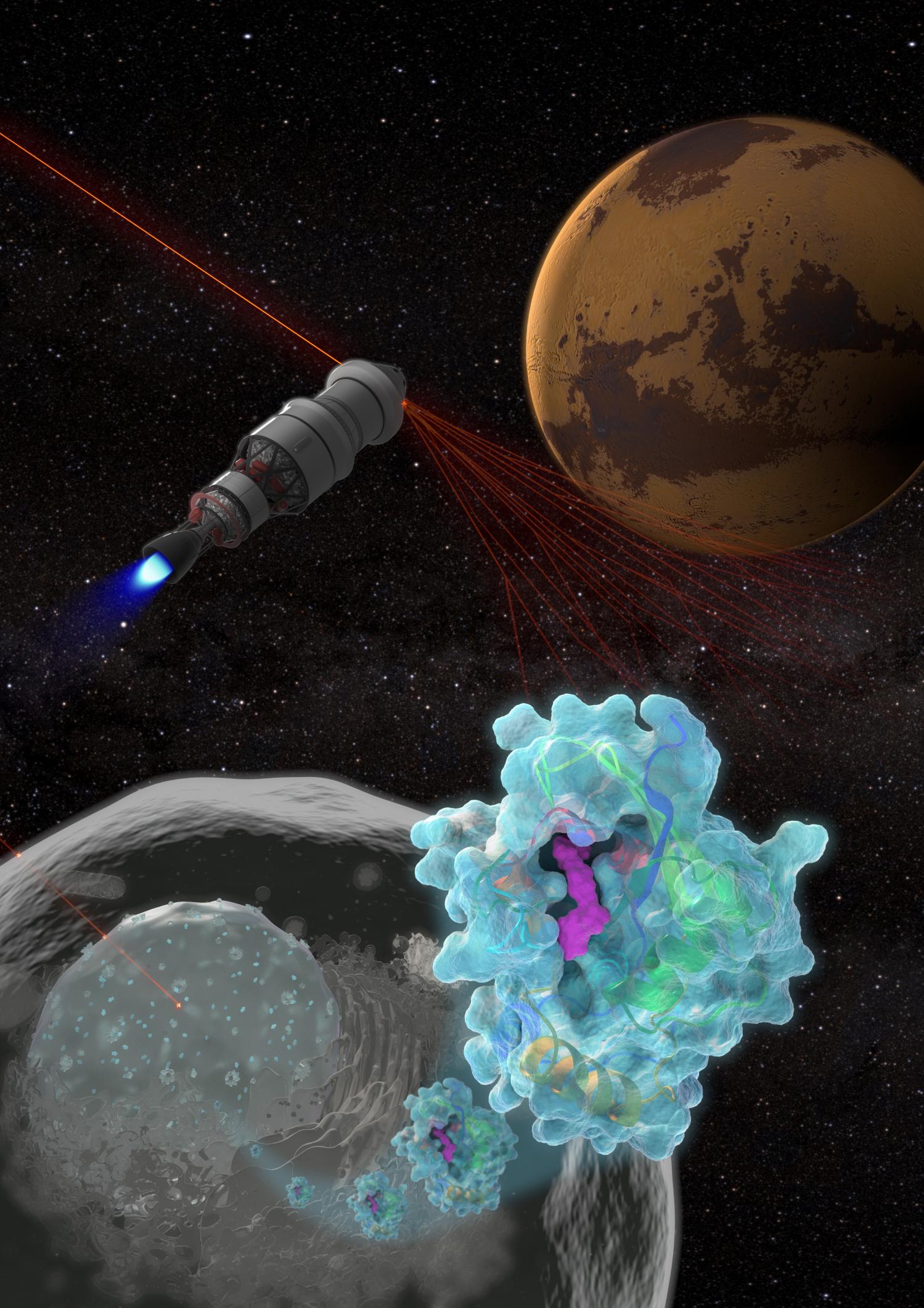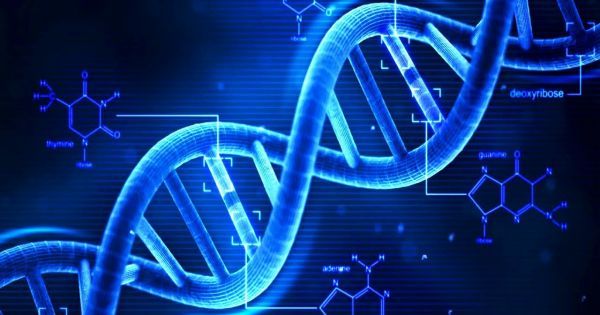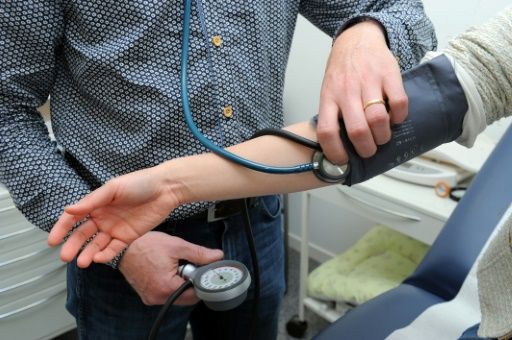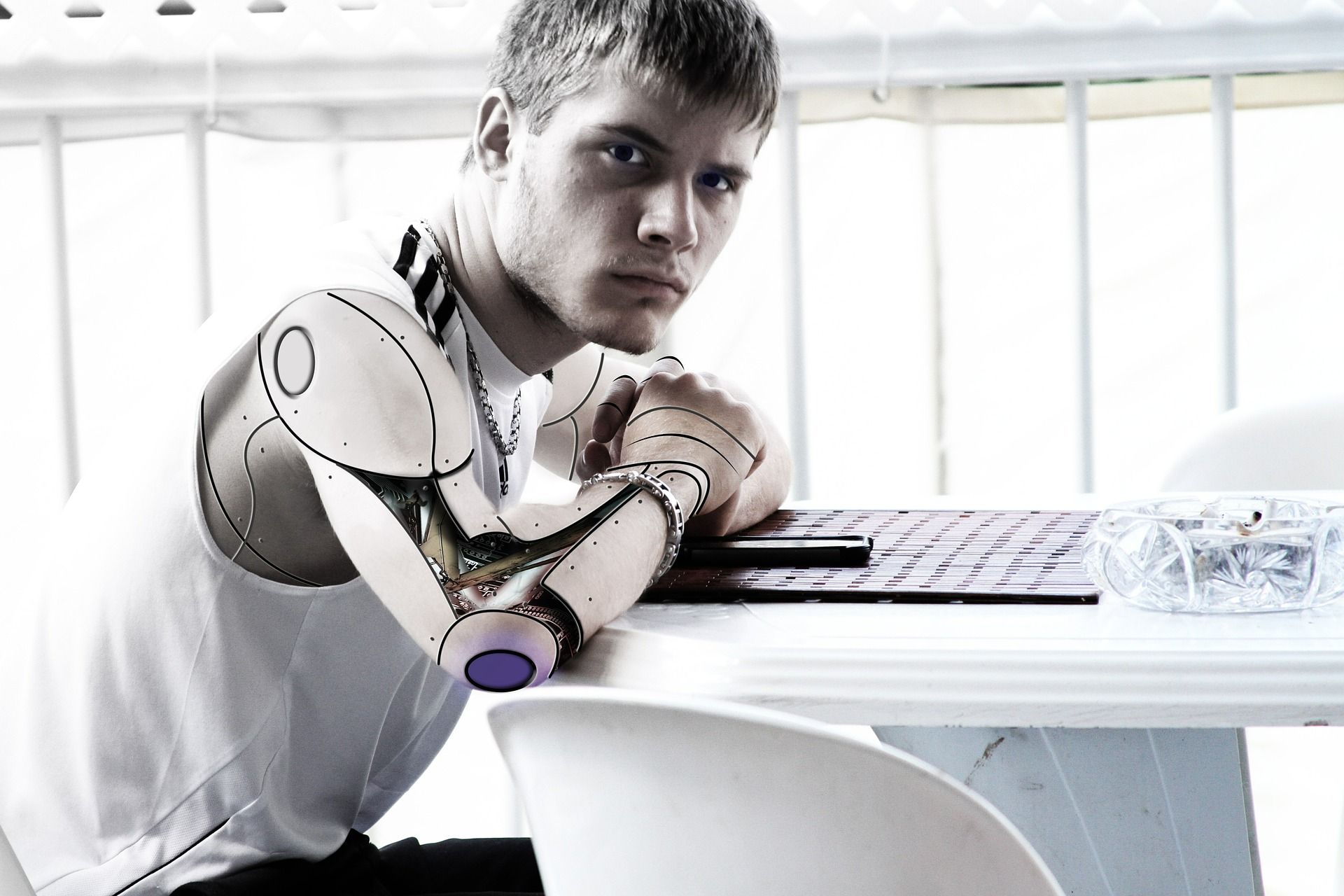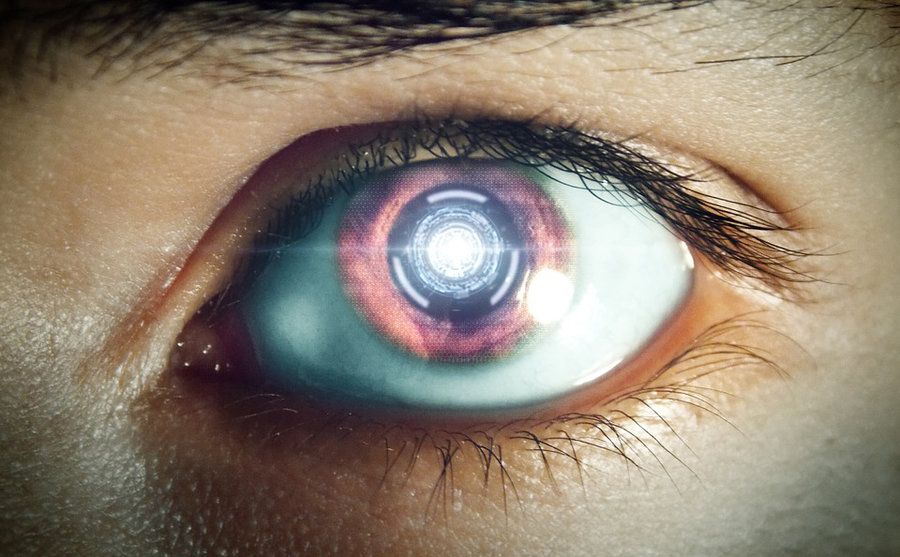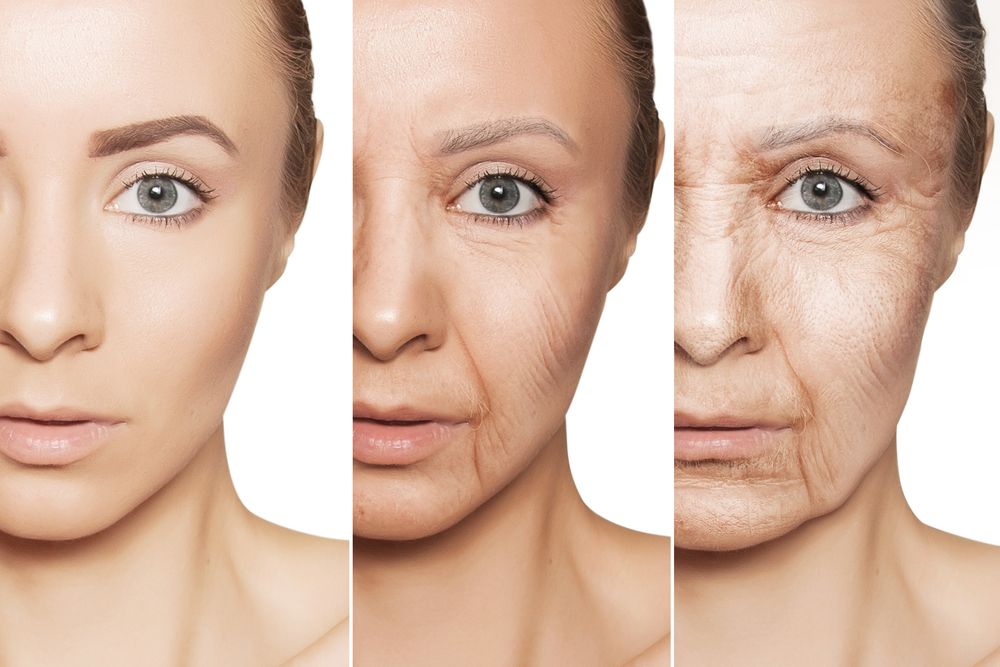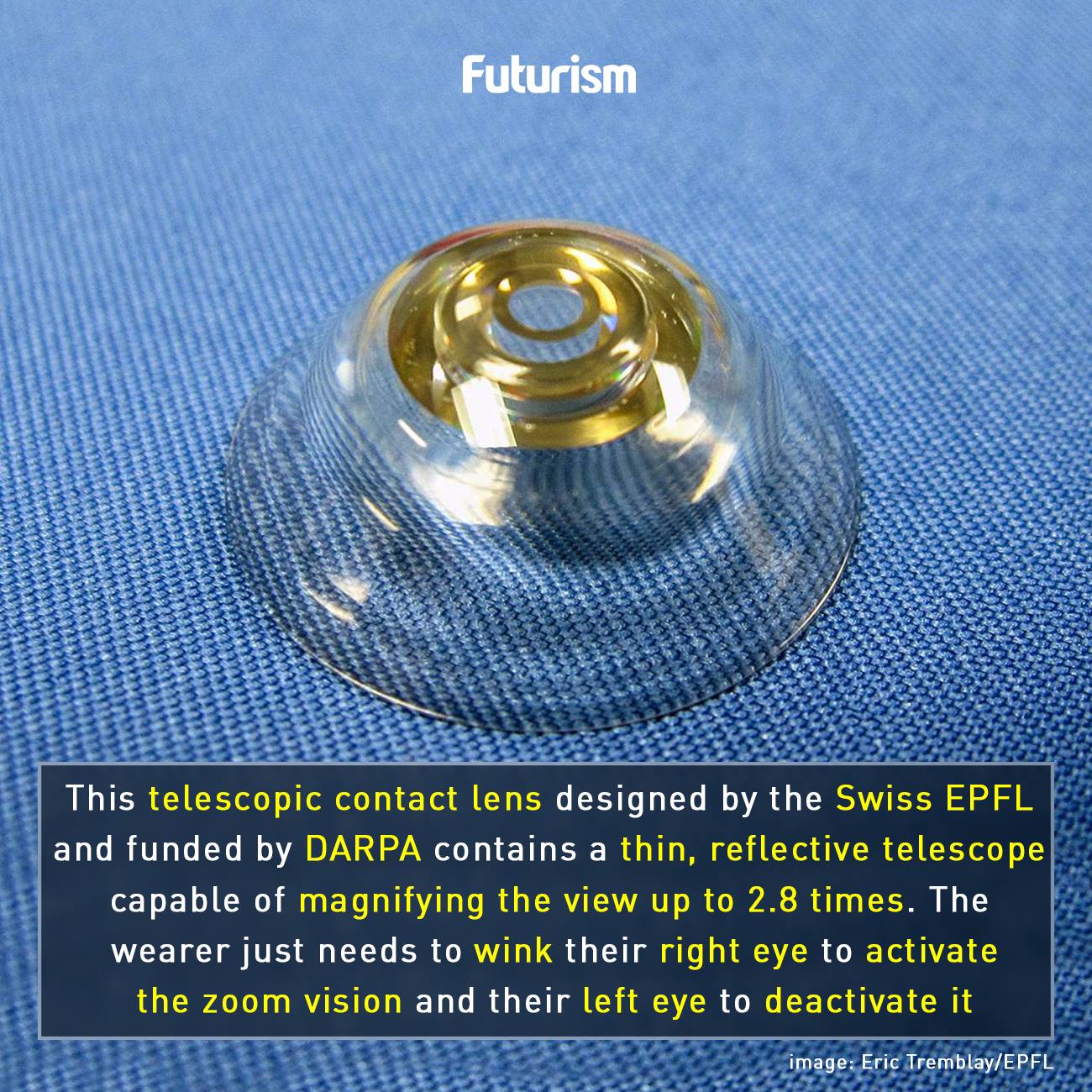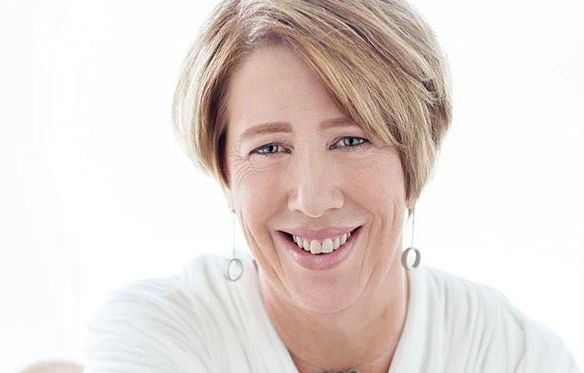A team of researchers from Sweden, France, Belgium and Switzerland has found a way to reverse resistance to an antibiotic drug used to treat tuberculosis. In their paper published in the journal Science, the team describes how they screened compounds that activated different pathways to activate ethionaide, a compound used to treat tuberculosis.
The researchers are currently working with GlaxoSmithKline and Biotech Bioversys to further develop the small prototype molecule into a drug that can be mass produced and sold.
(Medical Xpress)—A team of researchers from Sweden, France, Belgium and Switzerland has found a way to reverse resistance to an antibiotic drug used to treat tuberculosis. In their paper published in the journal Science, the team describes how they screened compounds that activated different pathways to activate ethionaide, a compound used to treat tuberculosis.
The development of antibiotics to treat bacterial infections has very clearly made the world a healthier place. Unfortunately, over time, bacteria have been evolving to thwart such compounds, putting us all at risk once again. Because of that, scientists have been searching for new treatments, or in some cases, ways to make old treatments work again using new techniques. In this new effort, the researchers have found a way to make ethionaide, a prodrug (a compound that is metabolized in the body to produce a desired drug), become effective again in patients infected with resistant strains of Mycobacterium tuberculosis.
Ethionaide was developed back in the late 1950s as a treatment for tuberculosis. It is activated by an enzyme called EthA found in the bacteria—once activated, ethionaide attacks the bacteria. Over time, many strains of M. tuberculosis have become resistant to ethionaide by developing EthA mutations that do not activate the compound, making it useless as a treatment. To get around this problem, the researchers searched for and found a prototype molecule called SMARt-420 that activates ethionaide by taking a different route—interacting with a secondary gene. The team has found that giving patients a dose of the small molecule after administering a dose of ethionaide restored the lattter’s ability to destroy a range of M. tuberculosis—testing showed it reduced the bacterial load found in patient lungs after just three weeks—similar to the effectiveness of ethionaide alone against M. tuberculosis prior to the develop of resistance.
